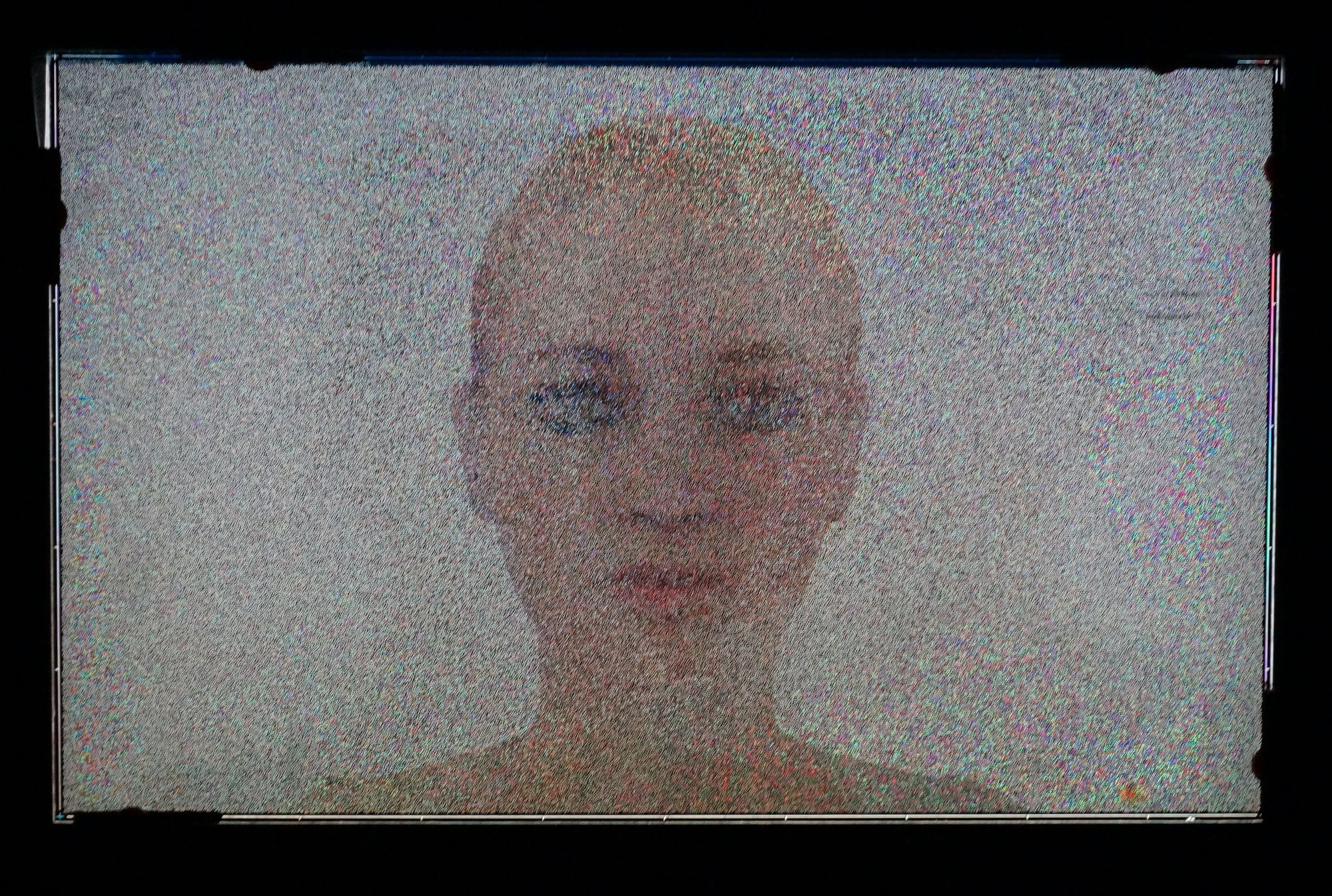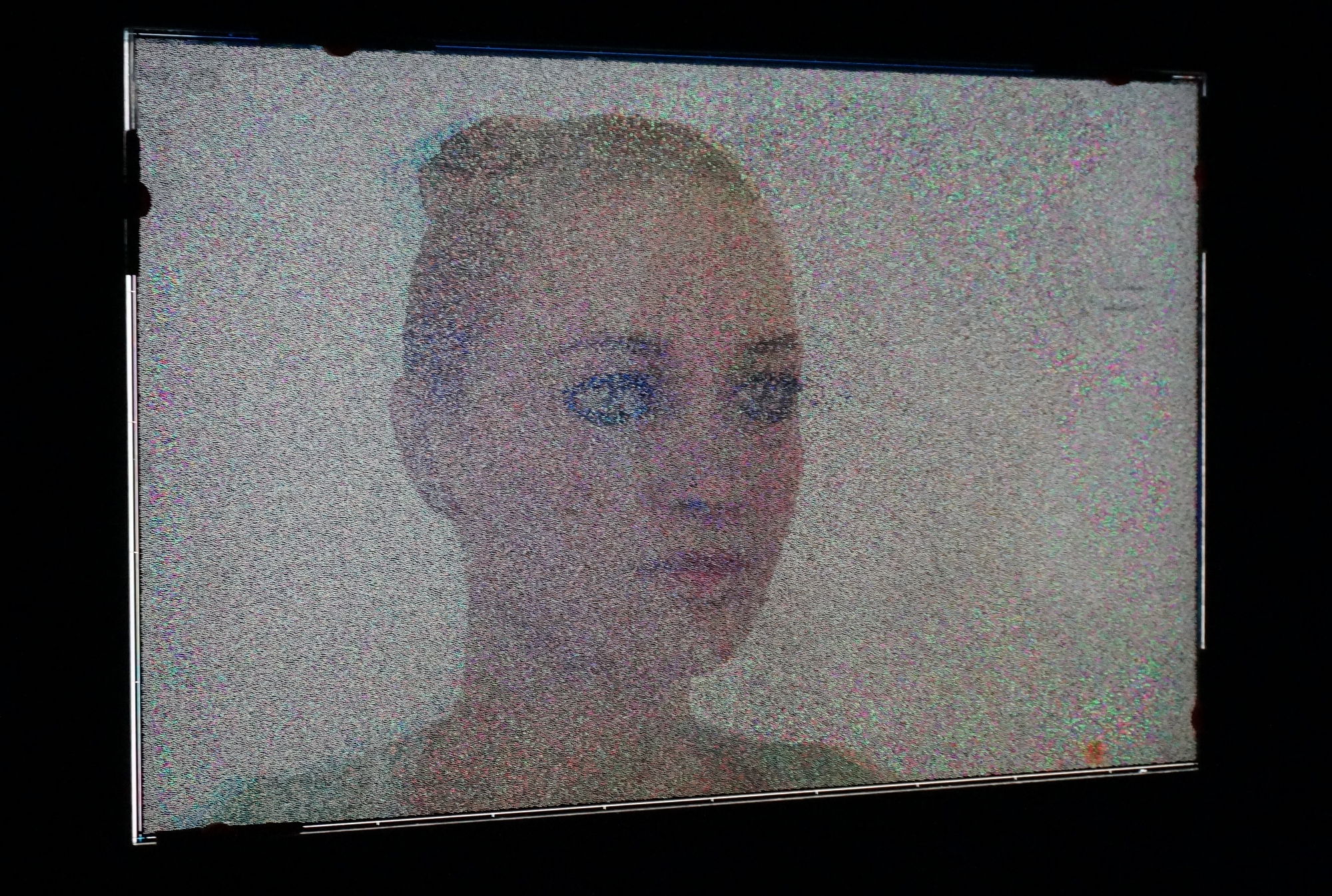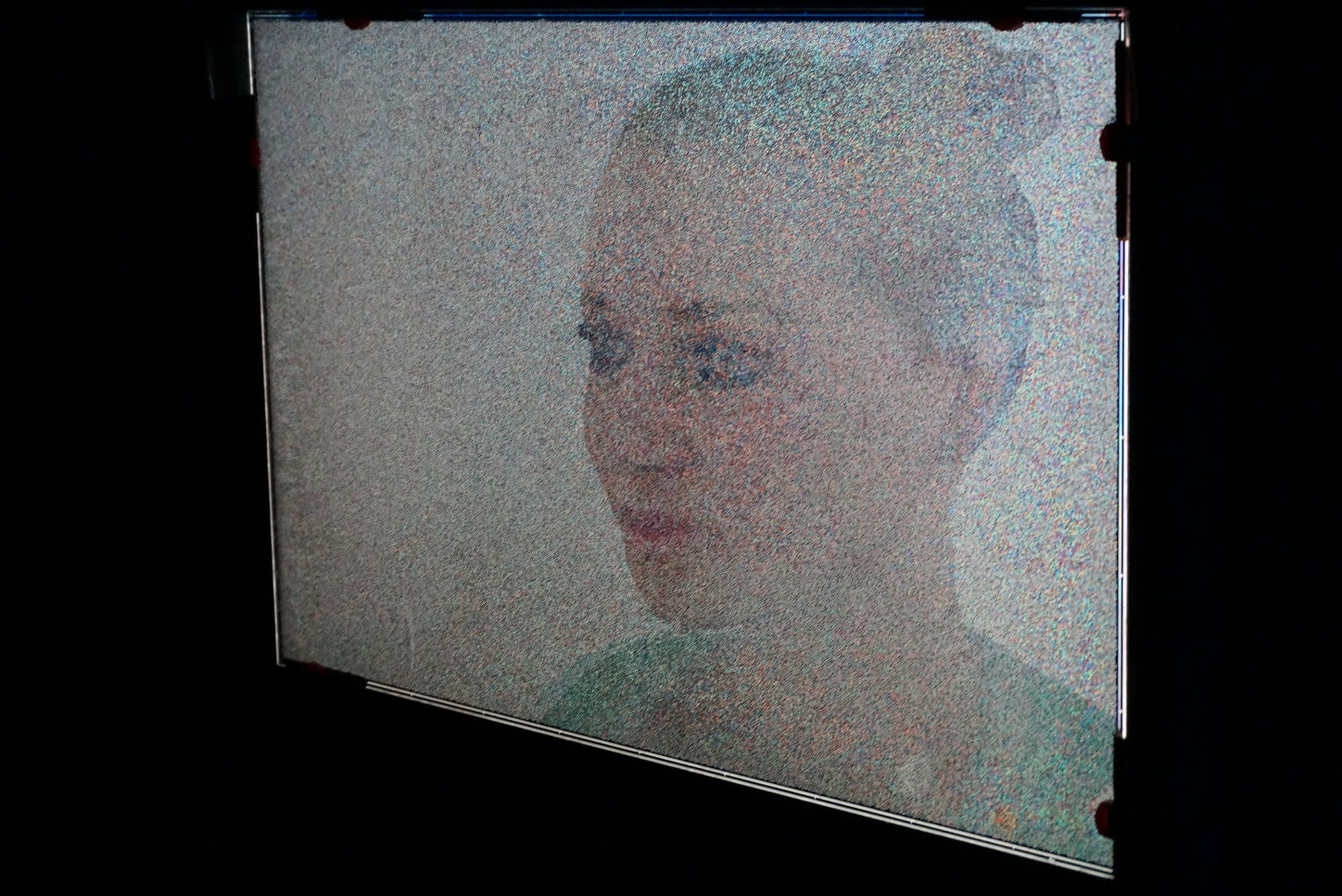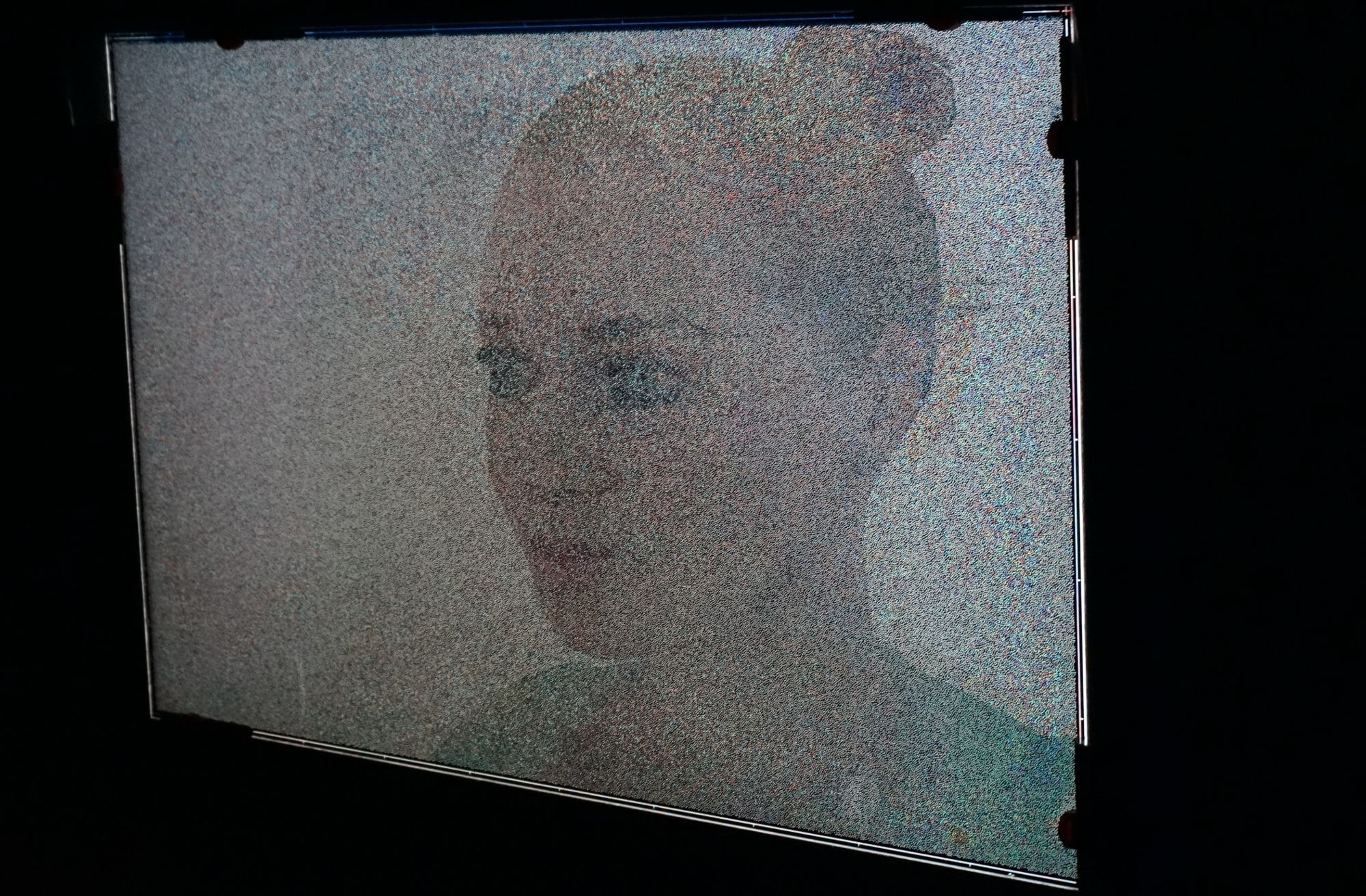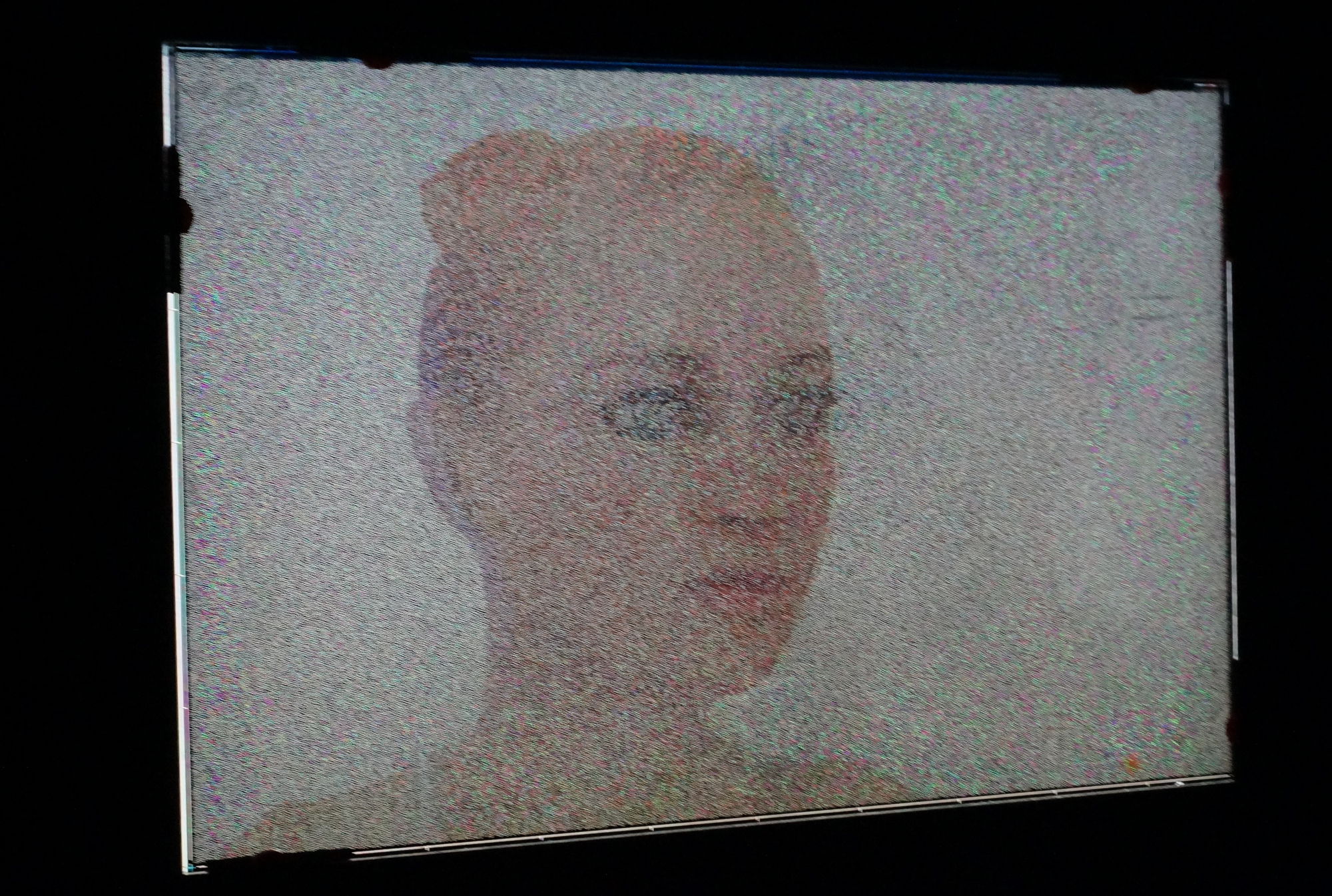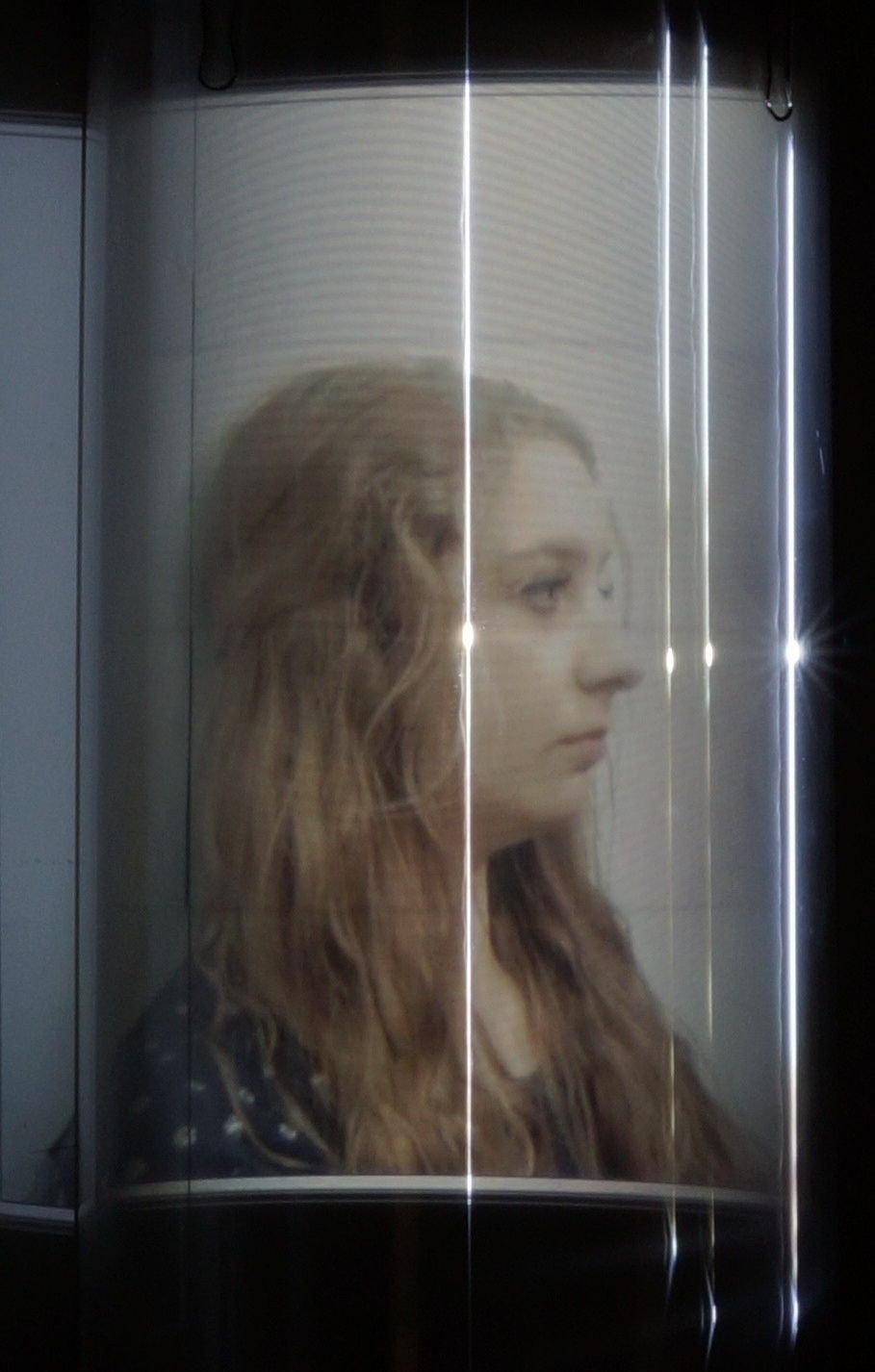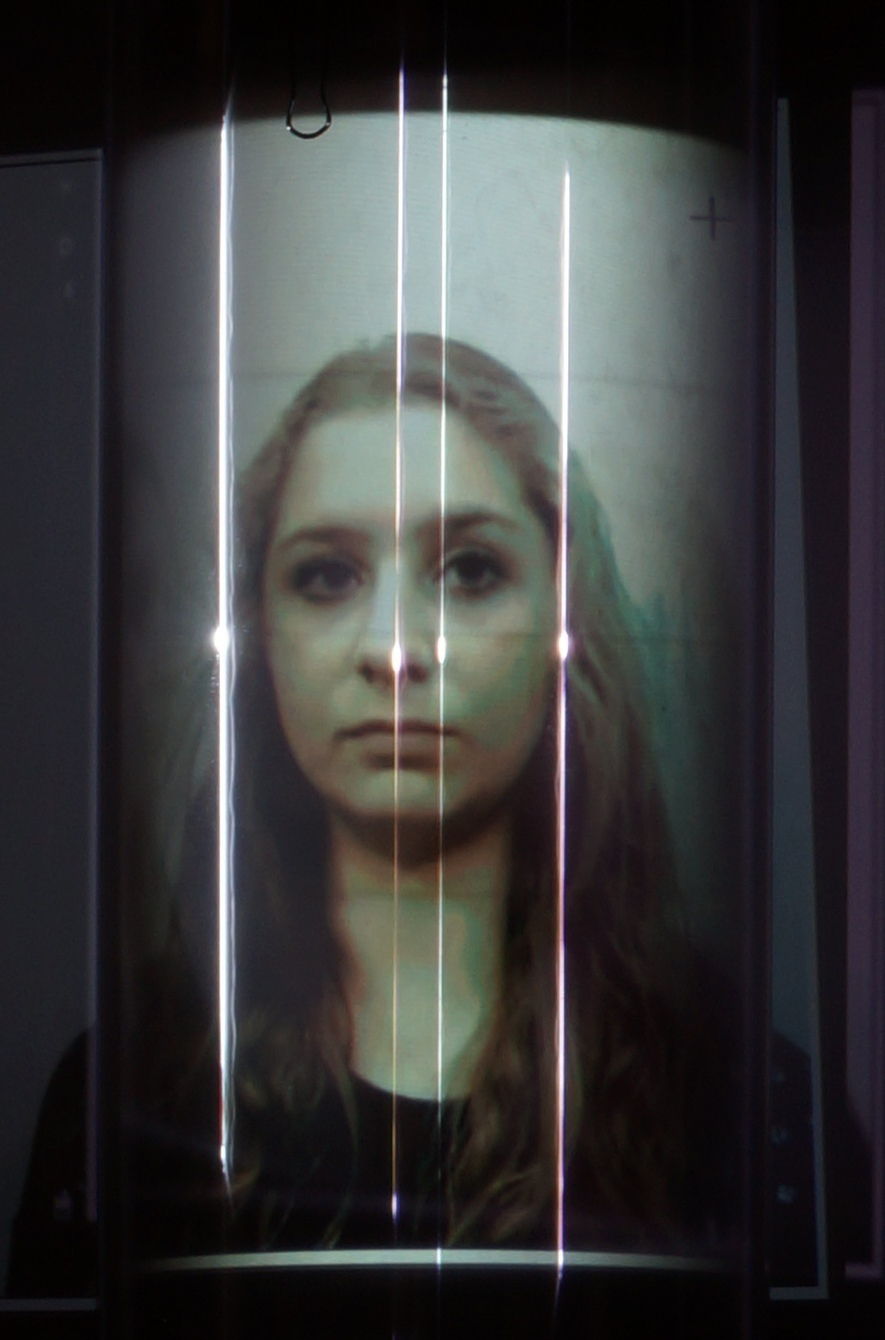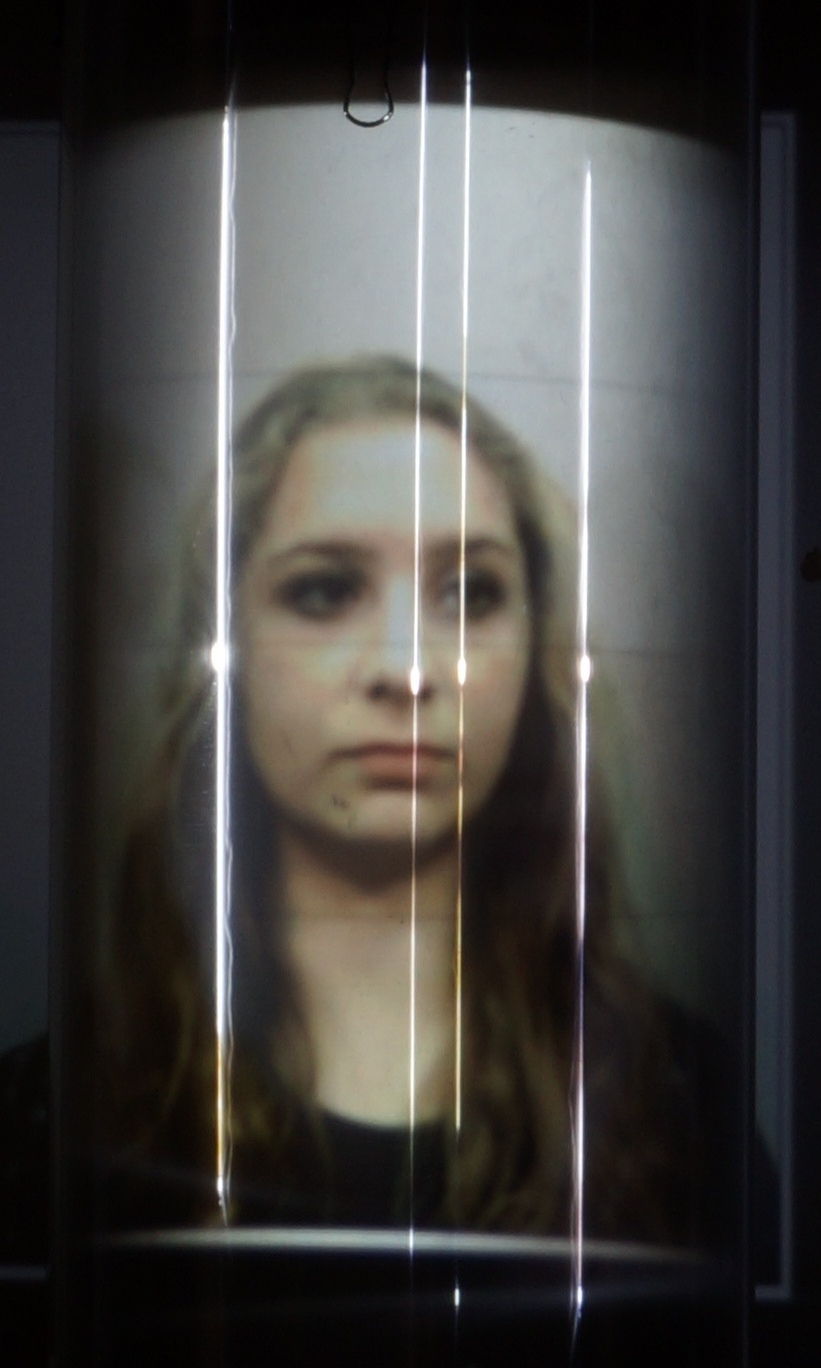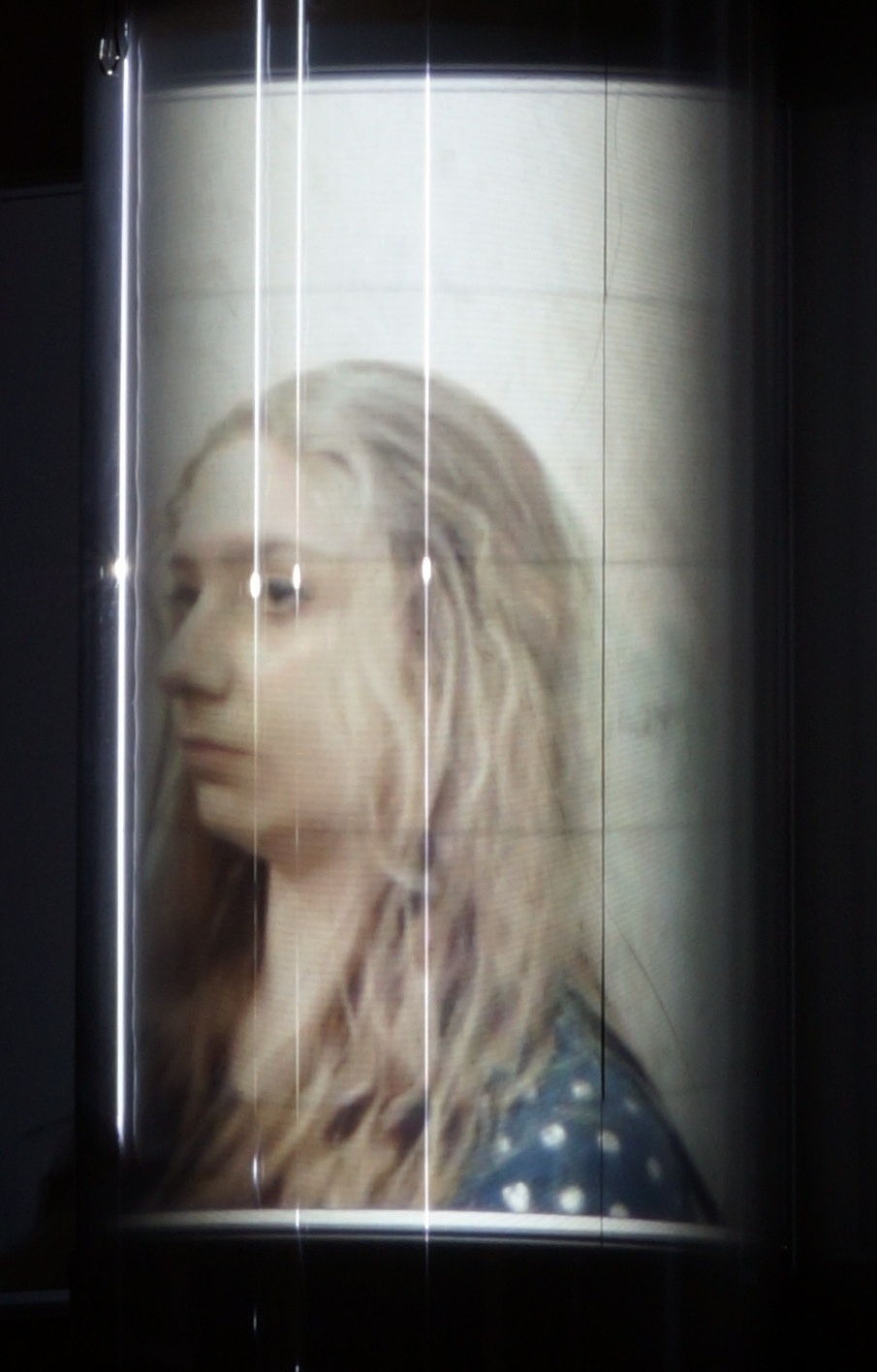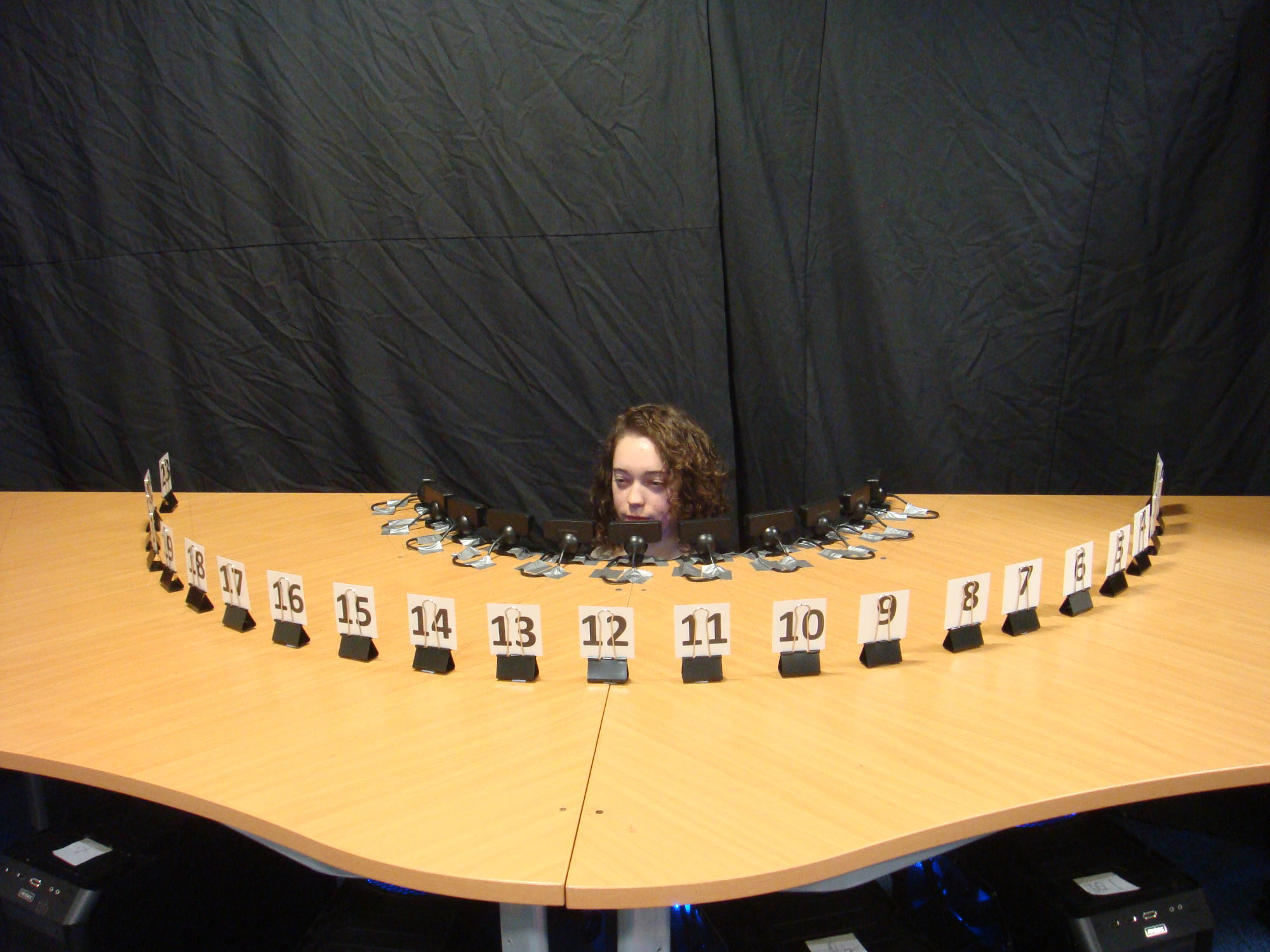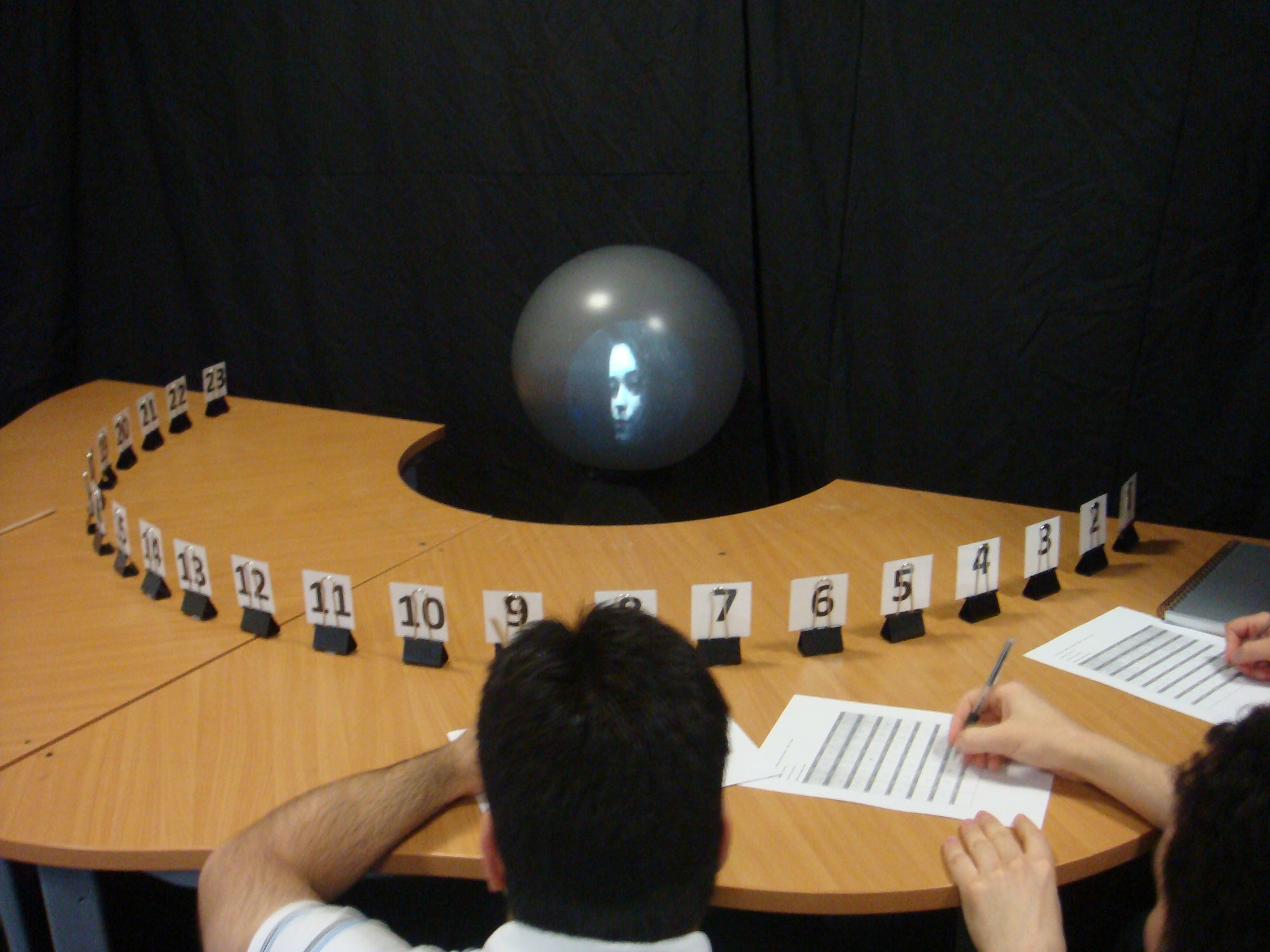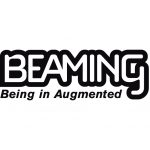
Novel Displays
Ye Pan, Will Steptoe and Anthony Steed
Random Hole Display
We introduce a multi-view autostereoscopic telepresence display and its associated view-depended ray traced rendering methods. Our new system is inspired by the “Random Hole Display” design that modified the pattern of openings in a barrier mounted in front of a flat panel display from thin slits to a dense pattern of tiny, pseudo-randomly placed holes. This allows viewers anywhere in front of the display to see a different subset of the display’s native pixels through the random-hole screen.
Multiview Display
Gaze, attention, and eye contact are important aspects of face to face communication, but some subtleties can be lost in videoconferencing because participants look at a single planar image of the remote user. We propose a low-cost cylindrical video conferencing system that preserves gaze direction by providing perspective-correct images for multiple viewpoints around a conference table. We accomplish this by using an array of cameras to capture a remote person, and an array of projectors to present the camera images onto a cylindrical screen. The cylindrical screen reflects each image to a narrow viewing zone. The use of such a situated display allows participants to see the remote person from multiple viewing directions. We compare our system to three alternative display configurations. We demonstrate the effectiveness of our system by showing it allows multiple participants to simultaneously tell where the remote person is placing their gaze.
@inproceedings{pan2014gaze,
title={A gaze-preserving situated multiview telepresence system},
author={Pan, Ye and Steed, Anthony},
booktitle={Proceedings of the 32nd annual ACM conference on Human factors in computing systems},
pages={2173--2176},
year={2014},
organization={ACM}
} Sphere Avatar Display
We report on two experiments that investigate the influence of display type and viewing angle on how people place their trust during avatar-mediated interaction. By monitoring advice seeking behavior, our first experiment demonstrates that if participants observe an avatar at an oblique viewing angle on a flat display, they are less able to discriminate between expert and non-expert advice than if they observe the avatar face-on. We then introduce a novel spherical display and a ray-traced rendering technique that can display an avatar that can be seen correctly from any viewing direction. We expect that a spherical display has advantages over a flat display because it better supports non-verbal cues, particularly gaze direction, since it presents a clear and undistorted viewing aspect at all angles. Our second experiment compares the spherical display to a flat display. Whilst participants can discriminate expert advice regardless of display, a negative bias towards the flat screen emerges at oblique viewing angles. This result emphasizes the ability of the spherical display to be viewed qualitatively similarly from all angles. Together the experiments demonstrate how trust can be altered depending on how one views the avatar.
@inproceedings{pan2014comparing,
title={Comparing flat and spherical displays in a trust scenario in avatar-mediated interaction},
author={Pan, Ye and Steptoe, William and Steed, Anthony},
booktitle={Proceedings of the 32nd annual ACM conference on Human factors in computing systems},
pages={1397--1406},
year={2014},
organization={ACM}
} Sphere Video Display
The movement of human gaze is very important in a face to face conversation. Some of the quality of that movement is lost in video conferencing because the participants look at a single planar image of the remote person. We use an array of cameras to capture a remote user, and then display video of that person on a spherical display. We compare the spherical display to a face to face setting and a planar display. We demonstrate the effectiveness of the camera array and spherical display system in that it allows observers to accurately judge where the remote user is placing their gaze.
@inproceedings{pan2012preserving,
title={Preserving gaze direction in teleconferencing using a camera array and a spherical display},
author={Pan, Ye and Steed, Anthony},
booktitle={3DTV-Conference: The True Vision-Capture, Transmission and Display of 3D Video (3DTV-CON), 2012},
pages={1--4},
year={2012},
organization={IEEE}
} 
